Shading Techniques (1, 2, 3)
Release date:2021
Author:Tyler Bay
Skill level:Intermediate
Language:English
Exercise files:Yes
Shading Techniques part one
Shading Techniques I is the first course in a series that revolves around learning the foundational techniques behind texturing and shading. The workflows presented in part I focus on tri-planar projections, material assignments, and sourcing textures. Redshift is being used for rendering, but it doesn’t matter if you’re using a different render engine because all the main principles still apply.
In addition, we also have the wizard tower scene to practice with! This environment is designed to include a wide variety of texturing challenges and opportunities. Along the way, you’ll learn about how to manage large scenes, work professionally within a pipeline, and make the most of your time through intelligent decision-making.
Shading Techniques part two
Shading Techniques II is a course that examines how to effectively incorporate a texture-painting workflow. The course begins with examining the pros & cons of a UV/Bitmap workflow and follows these ideas with an examination of the most important UV techniques. From the wizard tower scene, we’ll be practicing with a skull model. Once UVed, we’ll then bring the skull into Substance Painter where I’ll talk about considerations and advice for our texturing decisions. We’ll then bake out maps from Houdini and follow this up with layering our ideas in Substance. The end of the course focuses on file management and rendering out the final image for the skull.
Shading Techniques part three
Shading Techniques III primarily focuses on the usage of noises when texturing and shading. The course is full of technical concepts but also offers plenty of practical advice on how to best integrate noises into a professional workflow. We begin by examining the most commonly used terms – followed by the application of that knowledge within the wizard tower scene. Once we’ve had practice replicating what is seen through reference, the course then switches things up by exploring the artistic application of noises. Rather than focusing on making something specific, the goal is to improvise and adapt to ideas which occur when playing around with noises. The course then ends the shading series by exploring miscellaneous topics and professional advice for further development. By the end – you’ll have everything you need to know to make informed decisions when shading and texturing.



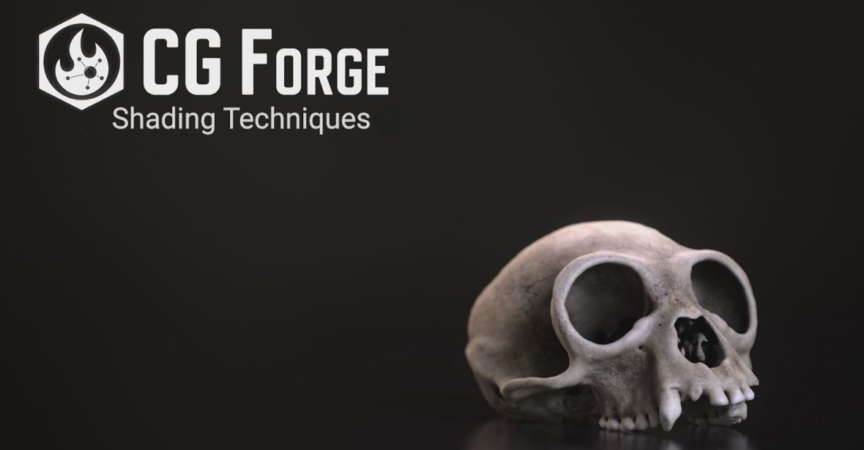

 Channel
Channel

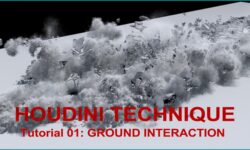
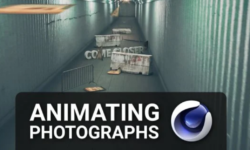
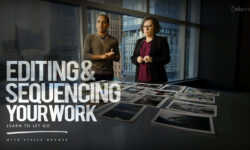
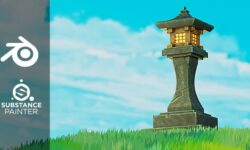

Links are broken 🙁
Please check the Maintenance post.
Sorry, much gratefull for your work. <3